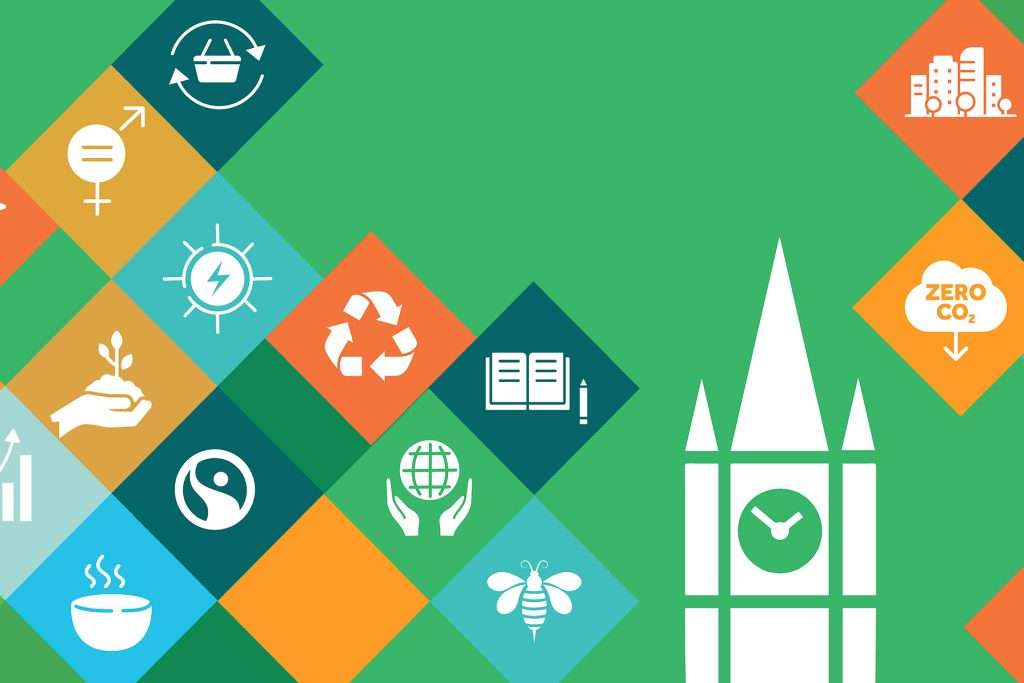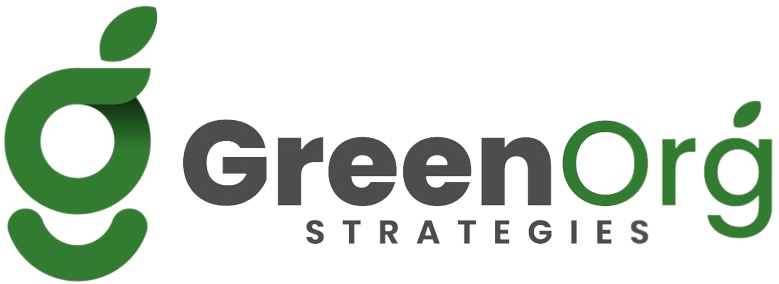Even as a certified GRI Sustainability Professional, I can’t shy away from a disappointing trend: Sustainability and ESG reporting have lost their “kick” over the years. The most environmentally conscious among us are increasingly viewing reporting as just another half-baked obligation that companies can check off without actually contributing to environmental progress (and this sentiment comes with good reason). But, while it’s easy to become discouraged or apathetic towards reporting amidst rising skepticism, I have to make a plea here… Let’s not lose the plot. Global emissions are still rising. Planetary boundaries have been burst through. And private sector participation continues to be one of the key pillars in any viable climate action plan. More than ever, we need to track and manage our performance. Thus, reporting still has to play a vital role.

The biggest problem with sustainability reporting lies not in the reporting system itself (which, of course, does have its challenges), but rather in its implementation. As an organization of any size, the most critical decision you can make about your sustainability reporting is to stop viewing it as a goal in itself. Instead, you must reframe it as a tool that you can use to carry out the actual work. One of the most valuable things about the reporting process is that it gets a lot of the heavy lifting out of the way on your path to a more sustainable future. It provides you with a foundation upon which to build a real, impactful sustainability plan that aligns with your unique resources and positioning, the global emissions targets, and the ecological needs of the natural systems you rely on. And it’s even better if you see it as an opportunity for your stakeholders to (lovingly) hold you to account.
However, it becomes difficult to translate a report into action when you’ve completed the entire project without having a longer term strategy in mind. When you’re only running through a list of standard impact areas without considering your future goals, you’ll find that you’re hitting roadblocks like these:
- You’ve reported on total water consumption, but you don’t know how much water is consumed by the processes that are the most readily within your control. This data gap makes it difficult to develop a strategic water reduction goal.
- You’ve reported on total energy consumption, but you don’t know what portion of that energy comes from critical operations versus non-essential activities. Thus, you don’t know how much you can benefit from energy efficiency versus operational improvements.
- You’ve reported on the total volume of waste generated without specifying the composition of waste streams, so you don’t know much of your waste can be recycled by your local waste management company.
I could easily go on, but I think you get the picture. In addition to these limitations in data utility, the other major challenge with creating a report that’s too “standardized” is that your reporting will lack key context. For example, your water consumption has a completely different meaning (and may warrant a different type of response with a different set of partners) if you’re in a water-stressed area near critical agriculture compared to if you’re in an area with steady rainfall and a particularly robust water management system. Reporting in a vacuum can lead to missed opportunities to build partnerships and collaborations with other organizations and stakeholders who share common sustainability goals. It can mean that you miss out on getting feedback from your unique stakeholders and including their perspectives in your action plan. And worst of all – your report may not align with the broader sustainability objectives of your organization, locality, state, or country.
All of this is to say that we need to start reporting in a way that is forward-thinking and that lends to internal and collaborative planning. It may feel overwhelming in the beginning, but it’s okay to take things one step at a time – and you can always lean on the support of sustainability experts like myself along the journey. Remember that once you’ve gotten through the heavy lifting of your first draft, your future sustainability strategy will fall into place so much more easily. So gear up, and let’s not give up on those sustainability reports!
